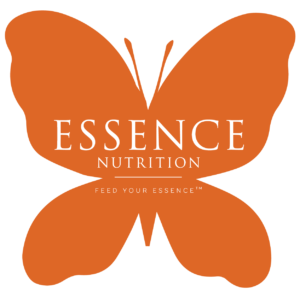Essence Nutrition is a tad, err, extremely, dog-philic. Madeleine, my devoted Cavalier King Charles Spaniel, accompanies me to the office daily and snores dramatically during client sessions in her customized embroidered bed. I don’t have a degree in animal nutrition (but such a thing exists, and I did consider getting one), but people often ask me about canine nutrition.
Canine nutrition is VERY different from human nutrition. Though we are both mammals, dogs have tremendously varied macronutrient needs and can’t metabolize things like chocolate, macadamia nuts, avocado, grapes, raisins, alcohol, fat, and sugar alcohols the way we can, so these things can be toxic to them. Fear foods aside, there is merit to having your dog eat as nutritiously as possible while meetings his/her nutrient needs.
Some dog breeds are prone to different genetic conditions; for example, mine is prone to a luxating patella; a joint condition. I give her a doggie dose of glucosamine/chondroitin complex, which I made sure to discuss with my vet, as well as a daily powdered probiotic (she was recently on antibiotics for teeth extraction, pobresita, and I want to make sure her gut flora is replenished!)
Luckily, I consulted some experts in canine nutrition. They gave me some paw-fect advice. According to Dishes for Dogs, a local natural pet food company…
A Very Brief History of Dog Food
Dogs have had a long, rich history alongside humans. Recent studies, involving whole-genome sequencing of Chinese indigenous dogs, Grey wolves, and various modern breeds suggest that dogs have been “man’s best friend” as far back as 32,000 years ago! It is thought that canids started by following the nomadic hunter-gatherer tribes of humans scavenging their leftovers. The more friendly dogs soon began living amongst the tribes and the rest, as they say, is history. Scavenging diverse scraps from their human companions, dogs became capable of digesting a variety of plant and animal foods, earning them the classification of omnivores. Madeleine is clearly not descended from any kind of “real” canid like this, since she is essentially useless and sleeps 23 hours per day.
Since the turn of the 20th century, a domestic dog’s diet slowly moved away from diversity and whole foods, and instead toward the heavily processed dog food that we know today. The United States made a marked turn after World War II, when a paradigm of modernity and convenience took over. Contemporary dog food advertisements focused on convenience and the reduced cost (modern dry kibble cost is approx. 0.15 cent/calorie) of dog ownership, warning against the “dangers” of table food scraps. Modern dry kibble is now ubiquitous in the pet food industry.
Pet Owner Concerns
The modern consumer is more informed than anytime in history. With widespread mobile internet access, information accessibility is at an all-time high. The lack of transparency in the industry is alarming to the modern consumer, and thus, certain concerns have been raised.
Three of the main concerns for consumers are additives/preservatives, vagueness in labeling, and source/integrity of ingredients. Synthetic preservatives include Ethoxyquin, BHA and BHT. Many pet foods have replaced these with natural alternatives such as tocopherols, rosemary extract, or other antioxidants after increased pressure from consumers regarding the safety of synthetic preservatives. Another main concern, vagueness in labeling, stems from the lack of clear definition of the terms meat and by-product. Both have definitions given by the Association of American Feed Control Officials (AAFCO), the organization that outlines the nutritional standards to be used by the industry. Unfortunately, meat still does not specify a specific type of animal from which the product is derived and by-product does not specify the type of tissue that was used (See AAFCO Definition Table). Furthermore, these animal ingredients are deemed “feed-grade” as opposed to the USDA certified “human-grade”. “Feed-grade” ingredients are largely unregulated and the regulations that do exist are relaxed.
Example: FDA Compliance Policy (675.200 Diversion of Adulterated Food to Acceptable Animal Feed Use) states:
“The Center will consider the requests for diversion of food considered adulterated for human use in all situations where the diverted food will be acceptable for its intended animal food use. Such situations may include:
a. Pesticide contamination in excess of the permitted tolerance or action level.
b. Pesticide contamination where the pesticide involved is unapproved for use on a food or feed commodity.
c. Contamination by industrial chemicals.
d. Contamination by natural toxicants.
e. Contamination by filth.
f. Microbiological contamination.
g. Over tolerance or unpermitted drug residues.”
Furthermore, the AAFCO states on their website that “AAFCO does not regulate, test, approve or certify pet foods in any way.”
Nutritional Requirements & Home-Prepared Diets
Unsurprisingly, whole food, fresh, “home-prepared” diets for dogs have become a preferred alternative to the current available pet foods. They allow the owner to have control regarding ingredient quality, food handling safety, and dietary variety. However, an owner who seeks a higher quality, non-commercial pet food must consider this – Is the diet nutritionally balanced? Of course, a consultation with a board-certified veterinary nutritionist who can assess the diet provides the most complete dietary analysis. However, here is a general outline of canine nutritional requirements.
Macronutrients
Dogs, like humans, have three sources of calories: protein, fat, and carbohydrates. Balanced meals include all three of these macronutrients, however, carbohydrates are nonessential (glucose can be generated from non-carbohydrate substrates and used as an energy source through a metabolic process called gluconeogenesis).
Protein, more specifically the amino acids that are extracted, is essential for a myriad of physiological functions including cell signaling, muscle contraction, and oxygen/nutrient transport in the blood. Quality sources of protein include USDA certified beef, poultry, lamb, and game meats such as buffalo and venison. Also, some legumes such as soybeans, and pigeon peas are excellent sources of plant-derived proteins.
Fats are are a great source of energy and also important for skin health. A typical deficiency is EFA’s (Essential Fatty Acids) omega-3 and omega-6. Linoleic acid, an Omega-6 fatty acid, is linked to a healthier epidermal barrier and a healthier coat. Safflower and borage oils are excellent sources of omega-6 fatty acids and fish, such as salmon, is an excellent source of omega-3 fatty acids.
Carbohydrates are an efficient energy source. It is important to have digestible sources of carbohydrate that are balanced with the other macronutrients. Too much carbohydrate can have a negative impact on insulin response and could lead to diabetes mellitus in dogs. There are many quality sources of carbohydrate for dogs. Some examples include sweet potato, brown rice, millet, barley, tapioca, apples, and pears.
Micronutrients
Vitamins and minerals are often the pitfall of home-prepared diets. Diversity in the diet can help rectify this as well as vitamin and mineral supplementation. Typical deficiencies include calcium, trace minerals, and Vitamin D. Calcium carbonate (from oyster shell) supplements and multivitamin mixes made specifically for canines are effective remedies but must be administered in very specific doses. Thus, regarding supplementation, it is important to seek professional guidance regarding dosage.
You can also feed your dog healthy treats (provided their weight is within normal range) like the occasional carrot, cut up apple, or banana. Canned plain pumpkin puree is also useful in treating constipation. Madeleine is also gaga for her organic plain peanut butter that I hide her monthly heart/flea medicine in.
Here’s a pup-approved and #essenceapproved recipe you can whip up at home for your own paw-fect angel:
Essence Pupcakes
You’ll Need:
- 2 cups whole wheat flour
- ⅔ cup plain instant oats
- 2 cups shredded carrots
- 1 teaspoon baking soda
- 2 organic eggs
- ½ cup organic plain peanut butter
- ½ cup applesauce, organic, no sugar added
Directions:
- Preheat oven to 350 degrees.
- In a large bowl, mix eggs, peanut butter, applesauce, and shredded carrots.
- In a medium bowl, mix the flour, baking soda, and oats.
- Mix all ingredients together (you may need a very powerful, large spoon)
- Divide the mixture evenly among prepared cupcake liners (I filled them half way).
- Bake them for 15-25 minutes until a toothpick inserted in the center comes out clean and the tops are golden brown.
- Frost with extra peanut butter.
Always discuss any dietary change with your pup’s vet!
Essentially Yours,
Monica (and Madeleine)
Dishes for Dogs is a local, start-up pet food company that has partnered with a Board-Certified veterinary nutritionist to provide balanced meals. They currently offer 6 diverse recipes using only USDA Certified human-grade ingredients. Each ingredient is cooked separately then combined, portioned, vacuum-sealed, and frozen immediately to preserve nutrient integrity. Every meal includes a proprietary Vitamineral mix to ensure a balanced diet. Currently, they cook in Miami Beach but soon their open-kitchen will be located in Wynwood, Miami @ 2561 N Miami Ave Miami, FL 33127.






